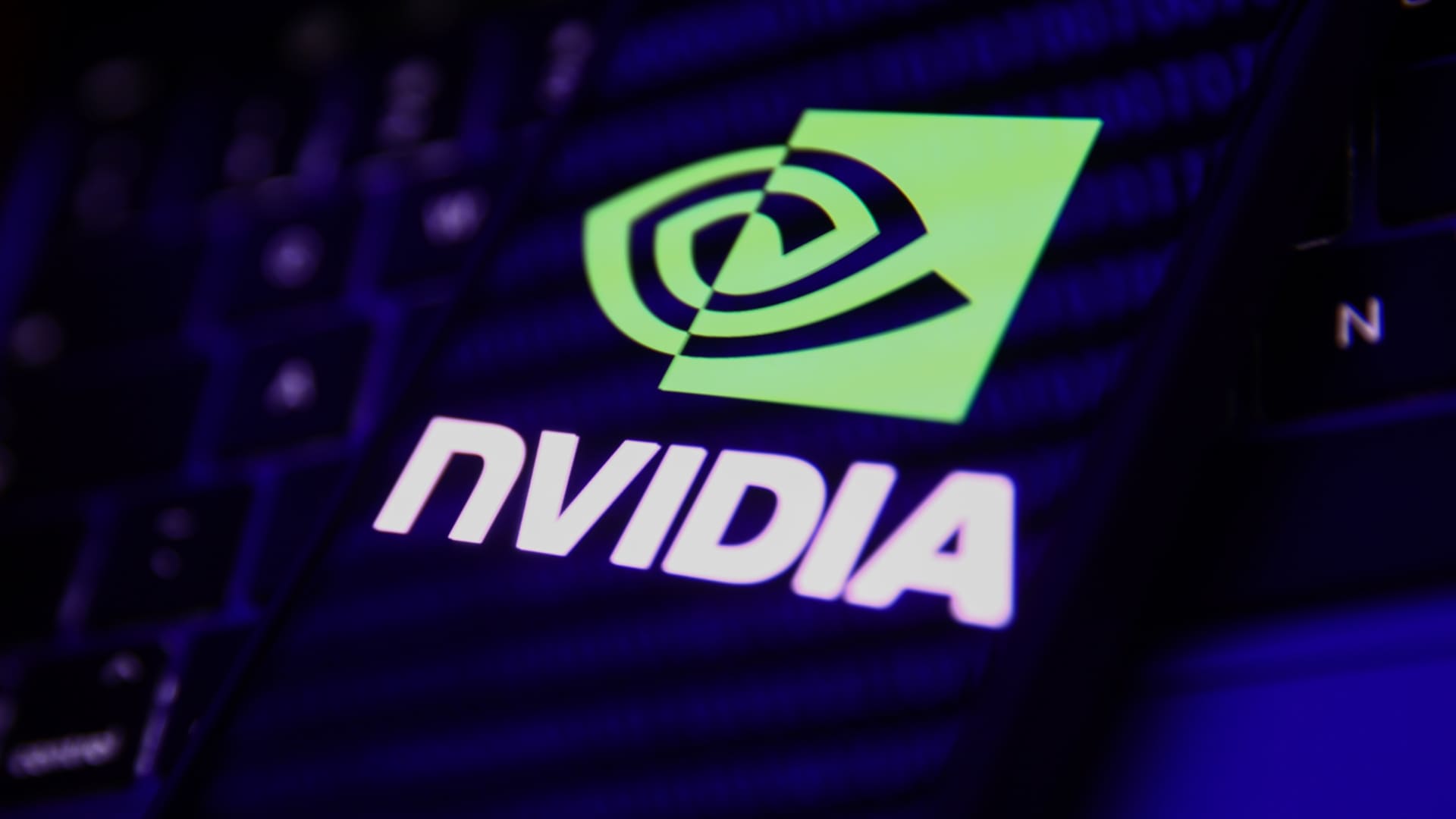Nvidia ‘s blowout fourth-quarter earnings report could be a sign that the outperformance of the so-called “Magnificent Seven” still has room to run, and spur investors to buy even more of the megacap tech stocks. Shares of Nvidia rose nearly 15% , easily erasing a recent slump, after its latest results showed demand for its chips from artificial intelligence projects continues to explode. Meanwhile, the Roundhill Magnificent Seven ETF (MAGS) rose more than 4% and had already seen 280,000 shares traded as of Thursday afternoon, putting in on track to potentially set a new fund record for daily volume. “The results come as a relief for AI bulls, as expectations have improved significantly after the strong year-to-date rally in AI-related stocks,” Solita Marcelli, UBS global wealth management CIO for the Americas, said in a note to clients Thursday. “But despite a 24% advance in the tech-heavy Nasdaq since late October last year, we continue to see potential for further gains in technology stocks, especially those that would benefit from the AI revolution,” she added. The Roundhill fund has a simple structure that is resonating with some investors eager to buy even more of the Magnificent Seven. The ETF is designed to be equal weighted to the megacap stocks that could broadly be considered technology leaders: Alphabet , Amazon , Apple , Meta Platforms , Microsoft , Nvidia and Tesla , though Nvidia currently is the biggest position due to its continued strength. The fund, which has an expense ratio of 0.29%, was already up nearly 9% year to date before Thursday’s advance. MAGS YTD mountain Roundhill’s Magnificent Seven ETF tracks major tech stocks. In addition to capitalizing on investor demand for ways to play the megacap tech stocks, the Roundhill ETF is also a case study in fund marketing. Originally launched last spring as the Roundhill Big Tech ETF, with the ticker “BIGT,” the fund struggled to gain traction with investors. BIGT had less than $4 million in assets at the end of August last year, according to FactSet. So Roundhill pivoted out of “Big Tech” and into the trendier “Magnificent Seven.” The fund announced in August that it was tweaking its rules for what stocks to include, effectively clearing the way for the inclusion of Tesla and Nvidia, and then in November became the Magnificent Seven ETF with the ticker “MAGS.” Interest picked up almost immediately after the name change, and MAGS has continued to gain momentum in 2024. The fund has seen $99 million of inflows year to date, pushing its total assets over $140 million, according to FactSet. The initial surge in interest appeared to be mostly retail-driven, though professional investors have shown more interest since the fund crossed the $100 million threshold, said David Mazza, chief strategy officer at Roundhill Investments. Roundhill could potentially change the MAGS holdings again down the line, but the bar to do so would be “high”, according to Mazza. “We remain confident that these names, even absent Tesla’s recent underperformance, are reflective of the Magnificent 7,” Mazza said. The fund’s success has come even as some investment pros worry that the market is becoming too concentrated in just a handful of large stocks. And given that many investors already have significant exposure to those stocks through broad market index funds, some strategists argue that it makes more sense to diversify away from the Magnificent 7 instead of doubling down. “If you choose not to own one of those, well that’s hundreds of basis points of portfolio allocation that you can still be exposed to growth and technology — and even AI, potentially — with other technology companies,” said Andrew Stewart, chief investment officer at Exchange Capital Management. A basis point is equal to 0.01%. For Roundhill’s part, Mazza pointed to the strong fundamental positions of the megacap tech stocks, which tend to have strong cash flows, as a reason for optimism that this latest rally can continue, and described ETFs as a “tool” for investors to express their views in situations like this. “If you are going to overweight these names, I think there’s an appreciation that it may be better to overweight them with this level of precision as opposed to buying more of the Nasdaq-100, or even the S & P 500,” Mazza said.







![The Hyundai IONIQ 2 makes a surprise appearance: Here’s our first look at the new EV [Video] The Hyundai IONIQ 2 makes a surprise appearance: Here’s our first look at the new EV [Video]](https://i0.wp.com/electrek.co/wp-content/uploads/sites/3/2025/08/hyundai-ioniq-2-first-look.jpeg?resize=1200%2C628&quality=82&strip=all&ssl=1)
